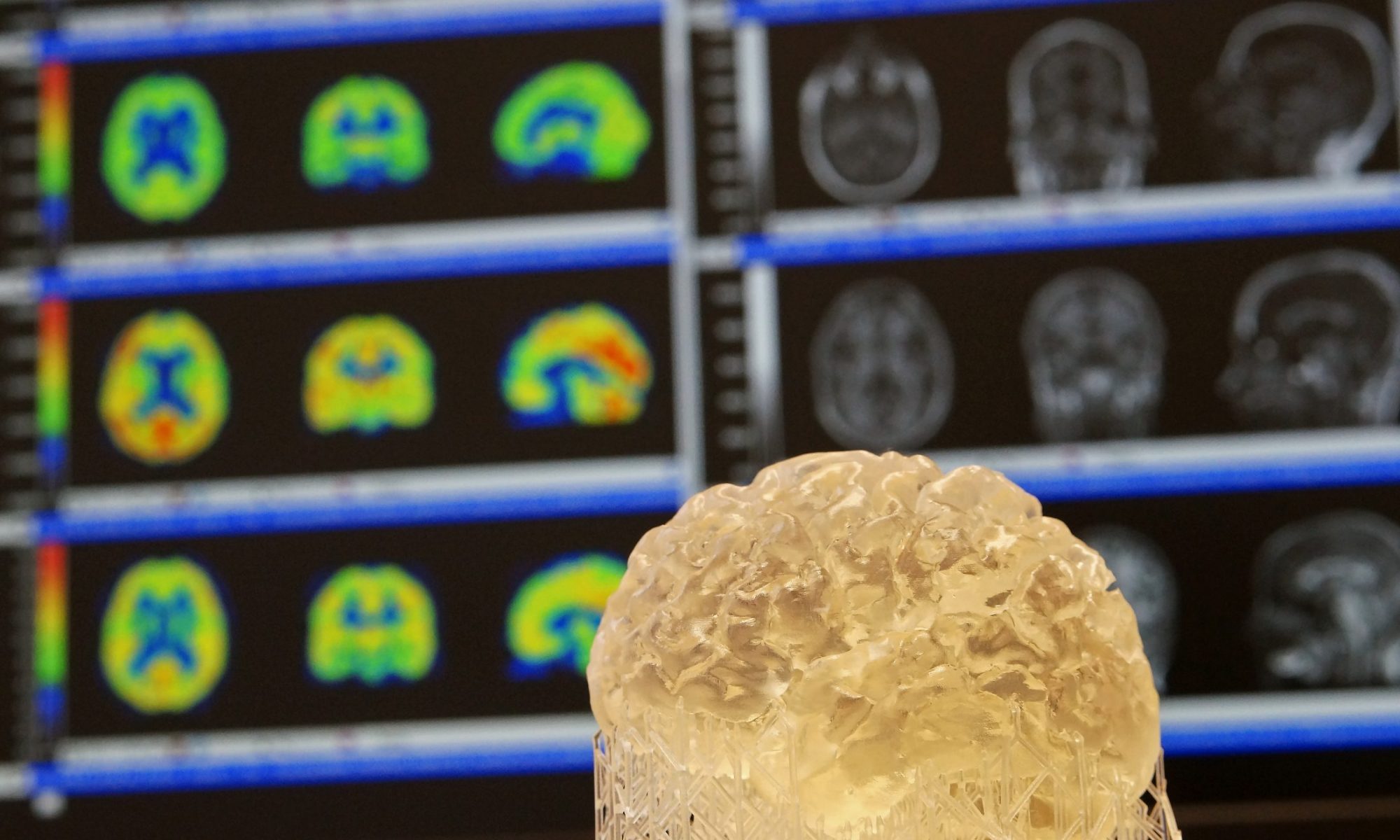The Mission
As a creative, agile, and collaborative team, we leverage innovative neuroimaging technologies to generate breakthroughs in our understanding of pathogenic and therapeutic mechanisms in neurodegenerative diseases.
The Vision
Early detection and prevention of neurodegenerative disorders.
Why?
Maintaining brain health across the lifespan is central to individual well-being and societal stability. As populations age, the burden of neurological disorders is rising sharply, threatening not only quality of life but also healthcare systems worldwide. Among these, neurodegenerative diseases pose a particularly complex challenge due to their insidious onset, progressive nature, and limited treatment options. Risk and resilience factors in those disorders are shaped by a dynamic interplay of genetic, metabolic, vascular, inflammatory, and environmental factors — many of which are potentially modifiable. Within this landscape, Alzheimer’s disease (AD) and Parkinsonian disorders (PD) stand out as the most prevalent and debilitating conditions. Their shared and distinct pathophysiological features make them central models for understanding — and ultimately altering — the course of neurodegeneration.
What?
- Biological mechanisms:
AD and PD are driven by converging and disease-specific biological processes, including pathological protein aggregation, neuroinflammation, metabolic and synaptic dysfunction, and network disintegration. Our research emphasizes the spatiotemporal dynamics of these mechanisms through advanced multimodal imaging, enabling early detection and in vivo tracking. In combination with computational approaches, we aim to dissect biological heterogeneity and uncover actionable targets for early intervention and stratified care.
- Lifestyle and behavior:
Lifestyle and behavioral factors play a central role in shaping brain resilience and modifying the trajectory of neurodegenerative diseases. Physical activity, cognitive engagement, sleep quality, nutrition, and social interaction influence key biological processes, including neuroplasticity, neuroinflammation, and metabolic regulation. These behaviors not only modulate disease risk but may also delay progression and improve quality of life in clinical stages. Our work aims to integrate lifestyle data — derived from structured interviews, wearable devices, and digital health tools — into multimodal risk stratification models. We are particularly interested in how behavioral patterns interact with genetic and biological vulnerability to either exacerbate or buffer against neurodegeneration, and how such insights can inform scalable, personalized prevention strategies for AD and PD.
- Vascular and metabolic health:
Hypertension, diabetes, insulin resistance, and obesity contribute to neurovascular dysfunction, impaired clearance of pathological proteins, and systemic inflammation — processes that intersect with the core pathology of both AD and PD. Our group investigates these interactions using imaging-based biomarkers of cerebrovascular and metabolic integrity, but also by integrating clinical and laboratory-based vascular risk profiles, metabolic markers, and lifestyle data to better understand individual trajectories of disease susceptibility.
- (Non-)pharmacological interventions
Pharmacological and non-pharmacological interventions represent complementary strategies in the pursuit of disease modification in AD and PD. While recent advances in monoclonal antibodies and repurposed compounds offer new therapeutic avenues, their effects are often modest and highly variable across individuals. Non-pharmacological approaches — including cognitive training, physical exercise, dietary interventions, and sleep modulation — have demonstrated potential to enhance cognitive and motor reserve, especially when initiated early. Our work contributes to this field by exploring how individual biological profiles, including imaging, metabolic, and genetic markers, can shape the outcome of interventions.
How?
Almost always, we use a combination of multiple technologies to tackle research questions. These include:
- PET Imaging and Molecular Tracers
We use advanced PET imaging including novel tracers to visualize and quantify pathological protein aggregates, neurotransmitter systems, inflammation, and synaptic integrity. This enables precise mapping of molecular pathology in vivo and provides critical input for staging and stratification in neurodegenerative diseases.
- Structural-Functional Coupling and Network Analyses
We use state-of-the-art MRI methods, including microstructural investigations in ultra-high magnetic fields (7T), to probe the structural and functional integrity of the brain. To understand systems-level disruption, we apply graph theoretical approaches to model large-scale brain networks derived from structural and functional imaging. This allows us to quantify connectivity loss, hub vulnerability, and modular reorganization and how these are linked to molecular substrates of pathology in neurodegenerative disorders.
- Task-Based fMRI for Circuit-Level Profiling
Our task-based fMRI paradigms are designed to probe cognitive and motor control systems, with an emphasis on circuits modulated by dopamine. By varying effort, reward, or timing demands, we aim to characterize latent vulnerabilities in patients and at-risk individuals, and to link these to behavioral performance and molecular markers.
- Advanced Processing and Computational Modeling
We apply AI-based techniques for image synthesis and correction (e.g., intermodal information, like MRI to PET or MRI to attenuation maps) and for extracting robust imaging biomarkers (like the brain-age gap). Disease progression models help us simulate and predict the evolution of neurodegenerative markers over time. In parallel, we develop computational behavioral models, particularly in the domains of effort-based decision-making and motor control, to bridge neural changes with observed symptoms.
- Digital Assessments, Wearables, and Real-World Data
To extend our reach beyond the lab, we incorporate wearable sensors, digital cognitive tasks, and remote symptom tracking tools into longitudinal study designs. These tools provide ecologically valid, comprehensive data on sleep, activity, and cognitive function. We are particularly interested in integrating these digital biomarkers with imaging and molecular profiles to enhance early detection and personalize interventions.
Translational clinical integration:
As part of our shared vision of early detection and prevention of neurodegenerative diseases, we integrate our efforts with our sister team at the Department of Neurology (AG Früherkennung & Prävention von Parkinsonerkrankungen). Together, we form a translational research platform that spans from advanced neuroimaging and computational modeling to biomarker-guided clinical risk profiling and early-stage intervention trials.
